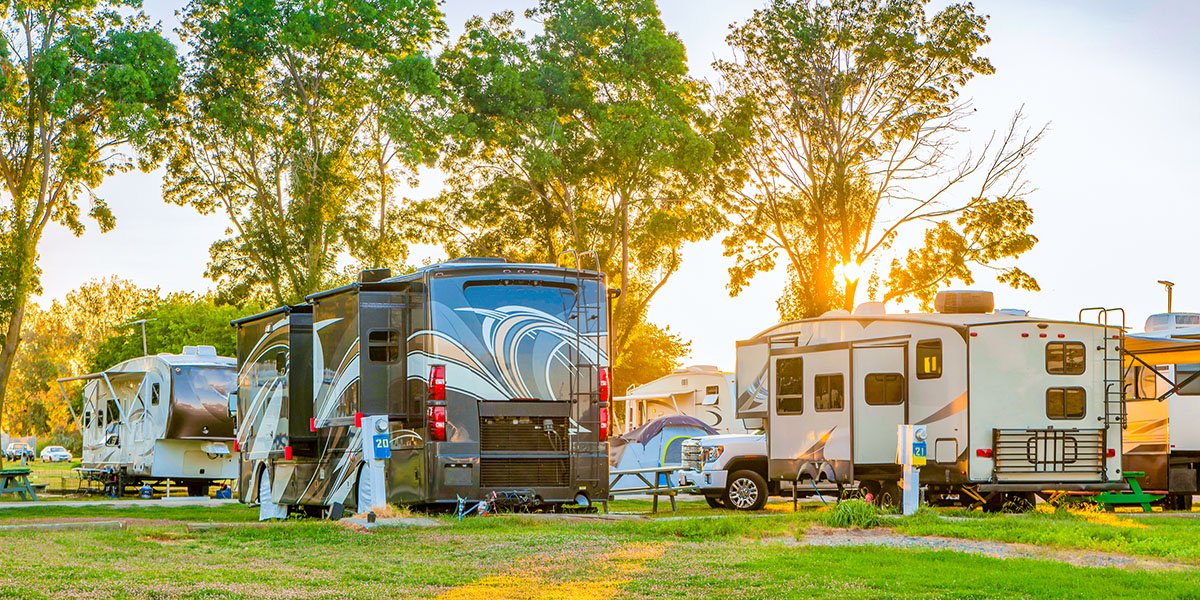Looking back at 2024, RV buyers showed clear preferences when it came to pricing. Lower-cost models surged in popularity, high-end RVs held steady, and mid-range models struggled. This pricing trend left a noticeable gap in the market, raising the question: Will this shift away from the mid-range continue in 2025, or will changing economic conditions push the industry in a new direction?
For sellers and buyers alike, understanding these trends can provide key insights into what to expect in the months ahead. Here’s what the data from 2024 reveals and what it could mean moving forward.
High-End RVs Held Their Ground
While lower-priced RVs saw the most growth, high-end models around $100,000 saw a modest 5.30% increase in sales.
The big question for 2025 is whether changes in consumer confidence will slow this trend, or if advancements in RV equipment and design will drive even more growth in the luxury segment. With manufacturers continuing to introduce high-tech, amenity-packed models, and financing options evolving, high-end buyers may be even more willing to invest in premium RVs. If the market remains favorable for wealthier consumers, we could see the luxury category continue to expand while mid-range demand remains uncertain.
The Mid-Range Market Struggled
While entry-level and high-end models performed well in 2024, mid-priced RVs faced a downturn, with the following price ranges seeing a decline from 2023:
- $30,001–$35,000: down 22.19%
- $40,001–$45,000: down 15.90%
- $50,001–$55,000: down 16.75%
- $55,001–$60,000: down 21.28%
This trend suggests that many mid-range buyers either opted for lower-priced models to save money or stretched their budgets for a high-end purchase. Financing challenges may have also played a role, as rising interest rates made mid-priced models less attractive compared to budget-friendly or uncompromising luxury options.
Going into 2025, this segment may face continued pressure unless economic conditions shift. If financing rates ease or manufacturers introduce new models with enhanced value at these price points, we could see a rebound in demand.
Will 2025 Bring a Shift?
While 2024 clearly favored RVs at either end of the price spectrum, the question remains: Will 2025 continue this trend, or will mid-range sales make a comeback?
A few factors could influence this:
- Interest rates and financing options: If financing becomes more accessible, more buyers could re-enter the mid-range market.
- Inflation and fuel costs: Economic factors may continue pushing buyers toward affordable options.
- RV lifestyle trends: The demand for compact and lightweight travel may keep budget-friendly models in high demand.
As the market adjusts, sellers should stay informed and be ready to adapt. Whether demand stays steady or shifts in a new direction, now remains a strong time to sell before more inventory enters the market.
Thinking of Selling? Now’s the Time
If you own an RV in a high-demand price range, listing sooner rather than later could help you secure a sale while demand remains strong. Even for mid-range RVs, the right pricing and listing strategy can make all the difference in attracting buyers.

